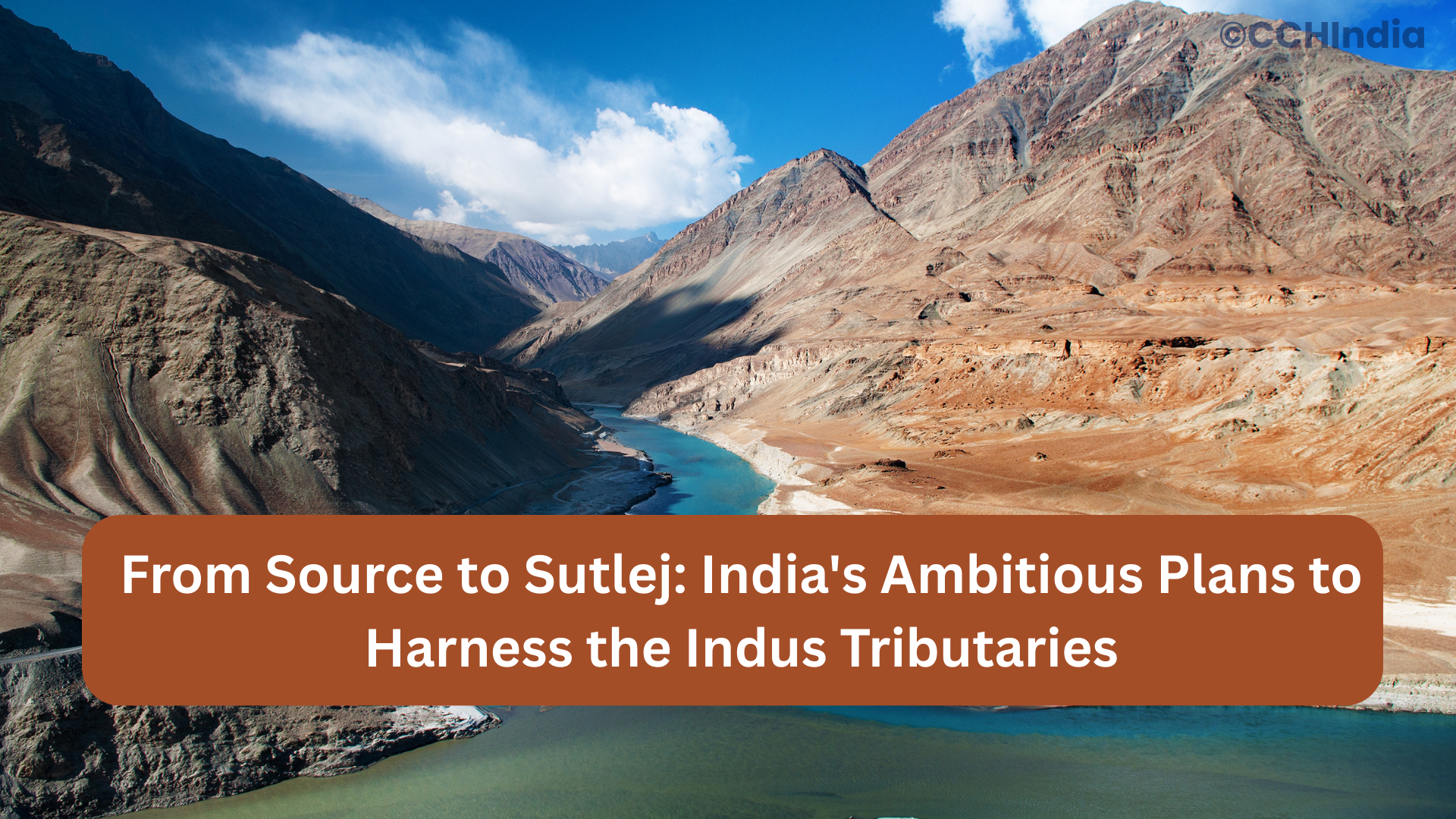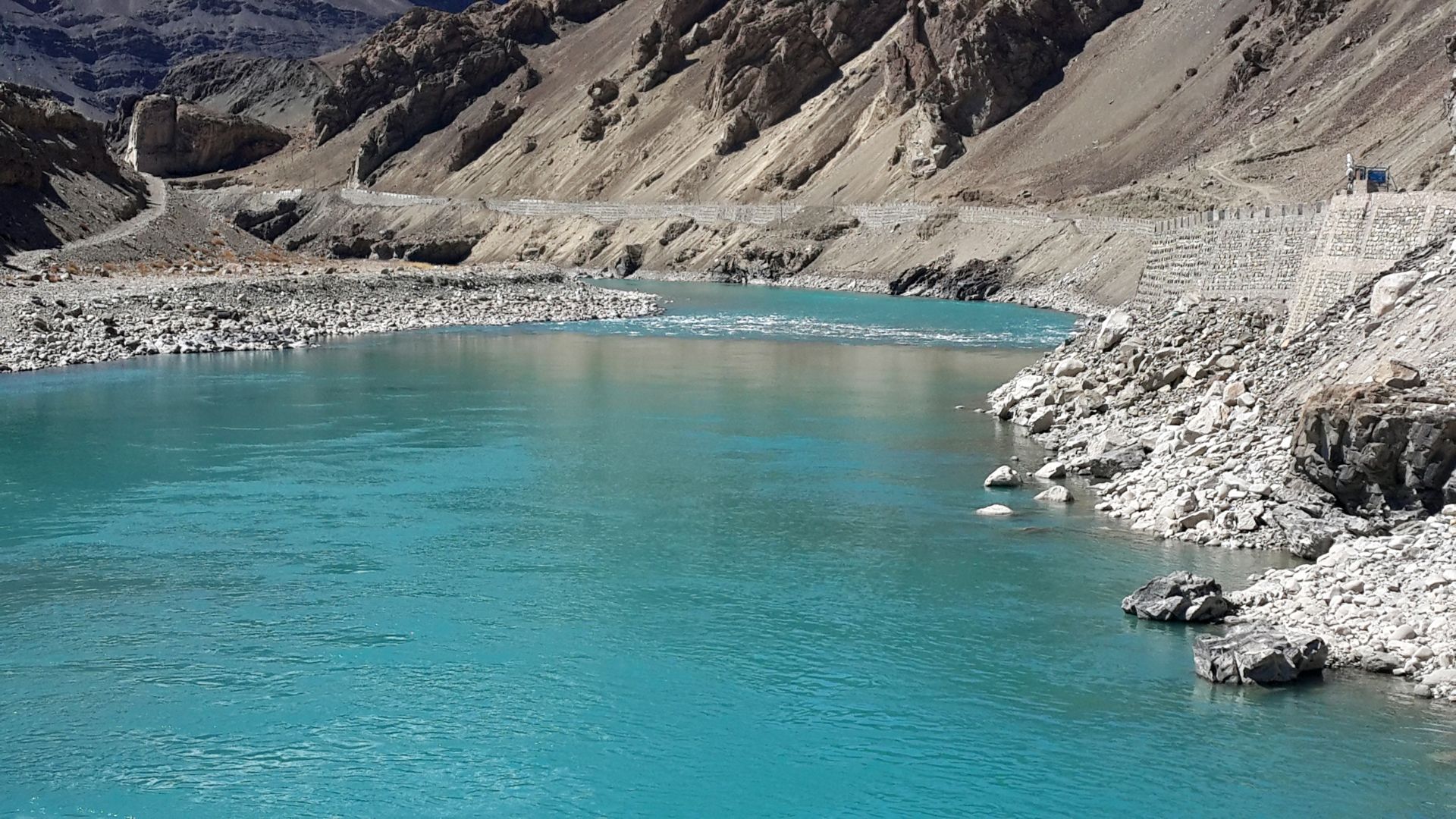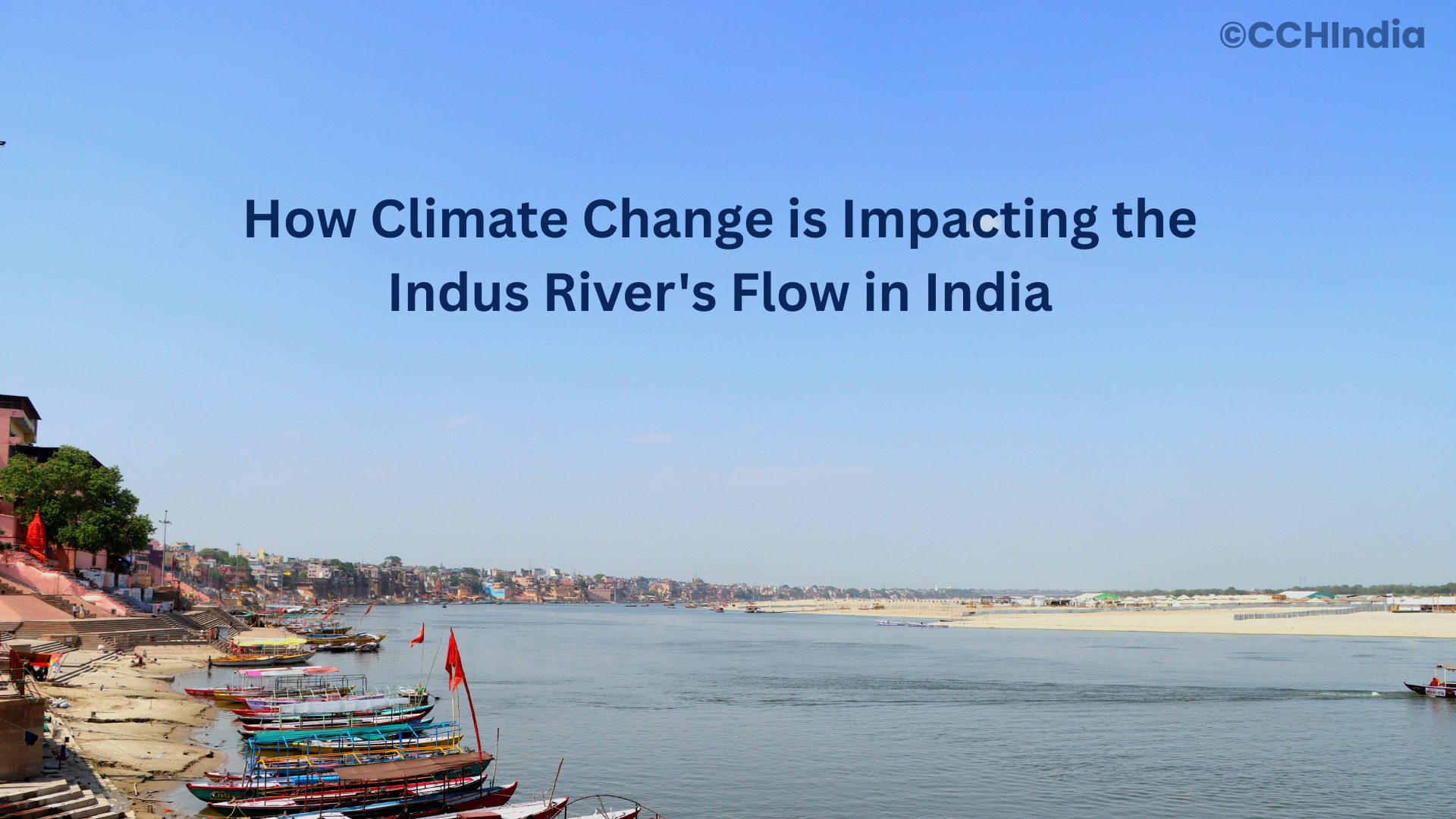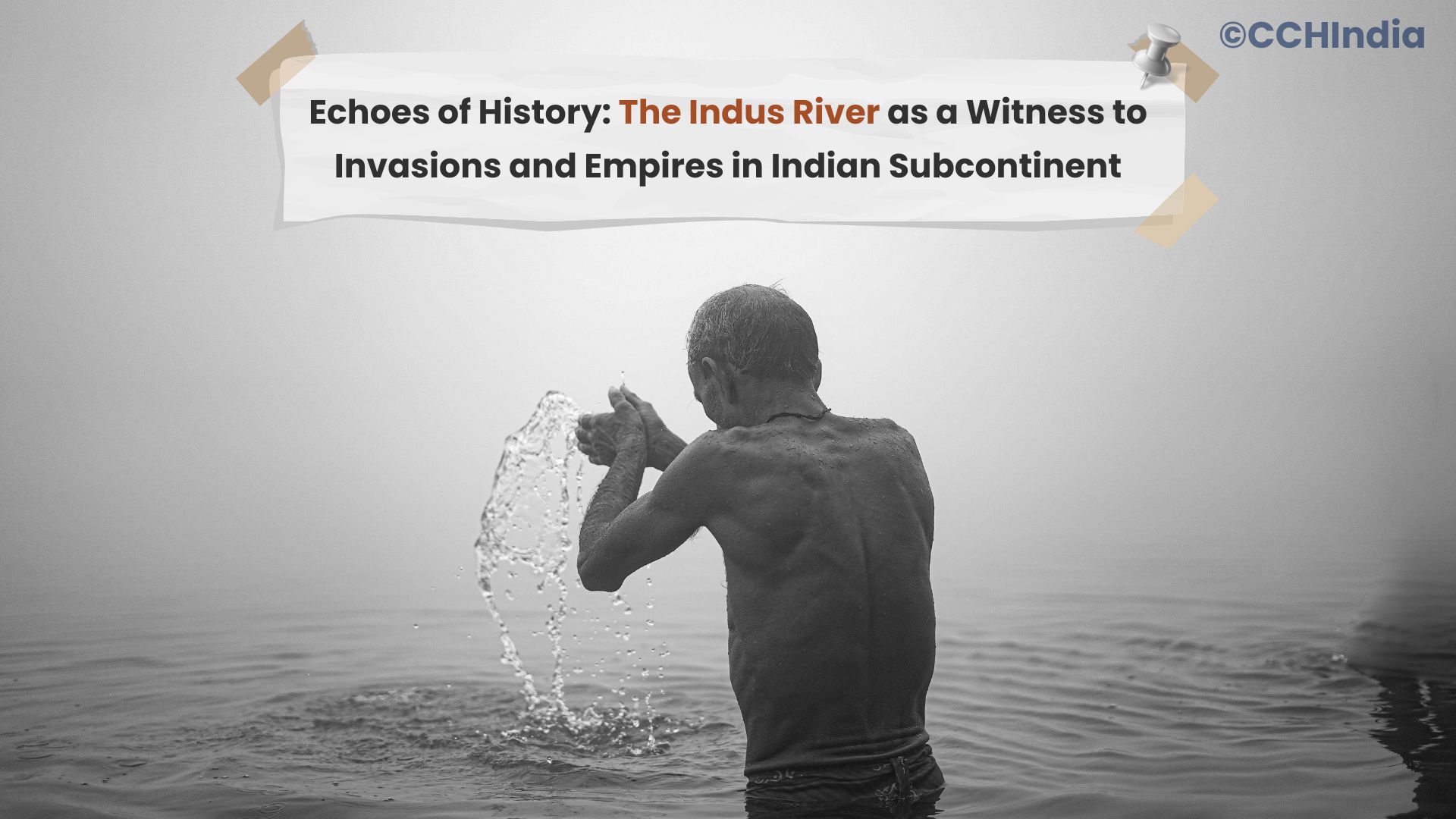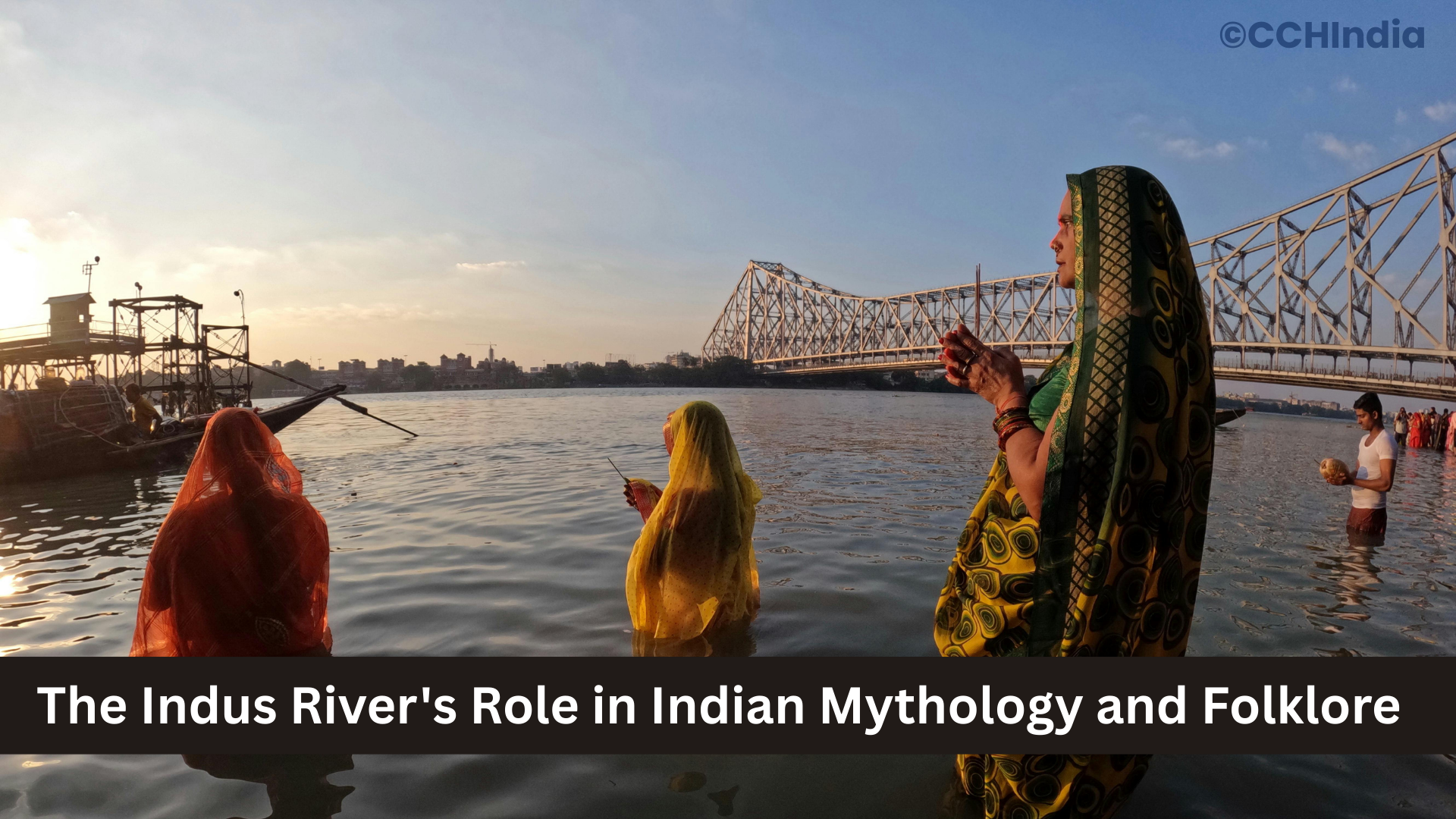I’ll be honest, the first time I heard about “India harnessing the Indus tributaries,” my brain went straight to textbooks and boring geography maps. You know the ones — squiggly blue lines running across a pale-yellow India outline. But the more I dug into it, the more real it felt. Because this isn’t just about rivers on a map. It’s about survival. About politics. About farmers in Punjab who literally pray for the right amount of water at the right time.
Think about it — the Indus system is ancient. Civilizations lived and died on its banks. Fast forward to today, and here we are, still fighting over the same water. Only now, the fight isn’t with nature. It’s with treaties, neighbors, and our own growing needs.
When the government says “harnessing tributaries,” it sounds all neat and technical. In reality? It means redirecting flows, building canals, and basically squeezing every drop before it crosses the border. The Ravi, Beas, Sutlej — they’re the real stars here. And let’s be honest: if India doesn’t use that water, someone else will.
It’s almost like saving leftovers in the fridge. Either you eat it, or the next person in the house does. Except here, the “house” is two nuclear-armed countries. Kind of ups the stakes, right?
I remember driving through Punjab last summer. Dusty fields on one side, canals on the other. The canals looked lazy, half-dry in places. A farmer I chatted with said, “Paaji, paani te sab kuch hai… bina paani, mitti bhi mitti hi reh jandi hai” (Brother, water is everything… without water, soil is just soil). That stuck with me.
So when I hear about tapping into the tributaries more efficiently, I can’t help but think of him. Of his cracked hands. Of how his kids’ future depends on those rivers we usually only study for exams.
But here’s the twist — water projects aren’t fairy tales. They’re messy. They take years. They stir up protests, environmental worries, sometimes even court cases. And every time a new plan is announced, half the crowd cheers and the other half groans.
Still, I kind of admire the ambition. Because water is power. Not metaphorically — literally. It runs turbines, feeds fields, fills taps. And if India can turn the trickle into something more reliable, maybe the next generation won’t grow up fearing drought headlines every summer.
Do I have all the answers? Nope. Far from it. But what I do know is this: rivers carry stories as much as they carry water. The Sutlej, the Ravi, the Beas — they’ve seen empires rise and fall. And now, they’re about to see India trying to rewrite its own water destiny.
Will it work? Will it backfire? Only time will tell. But for now, I’ll raise a glass of plain old tap water and say — here’s to hoping the Source to Sutlej journey actually delivers.


